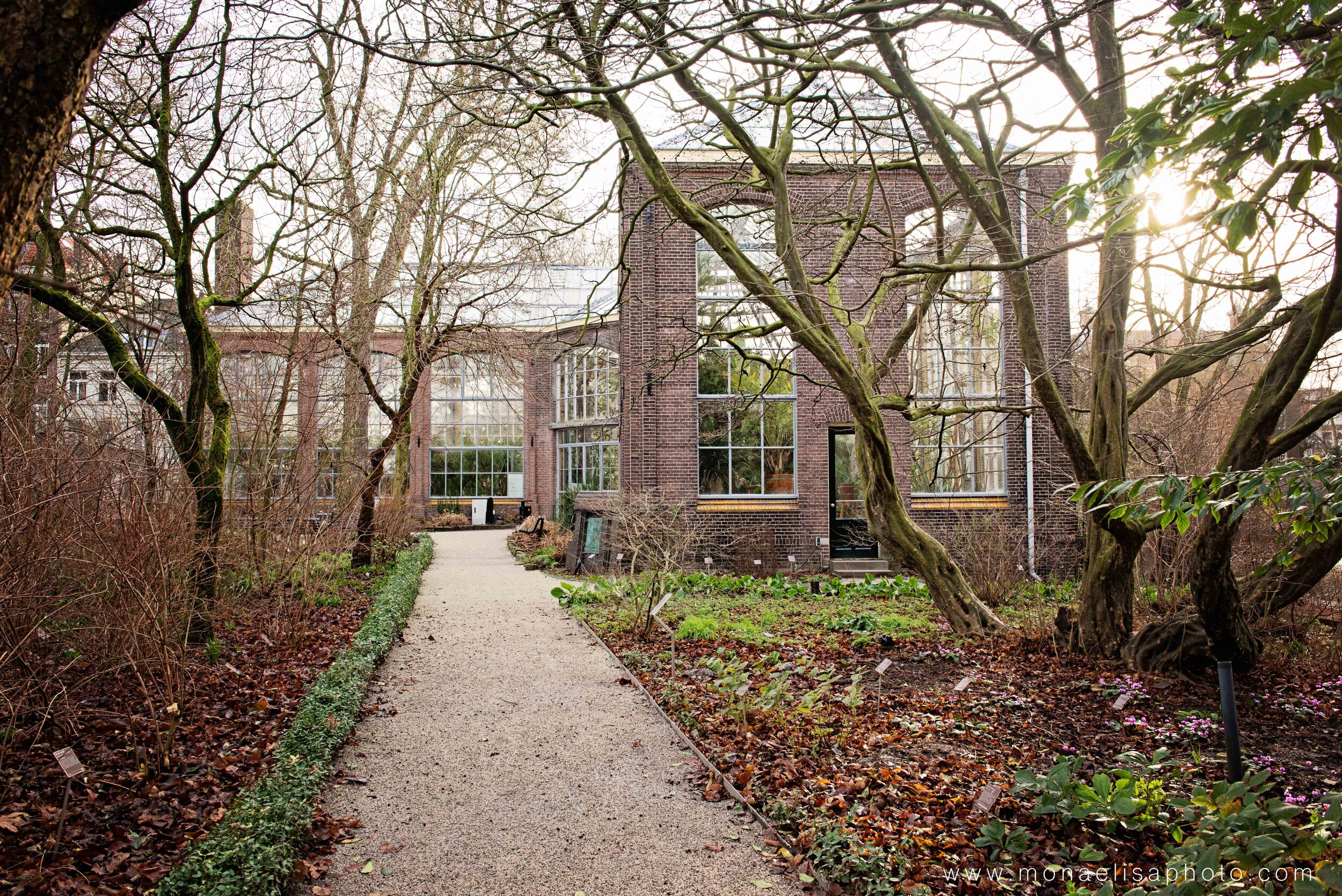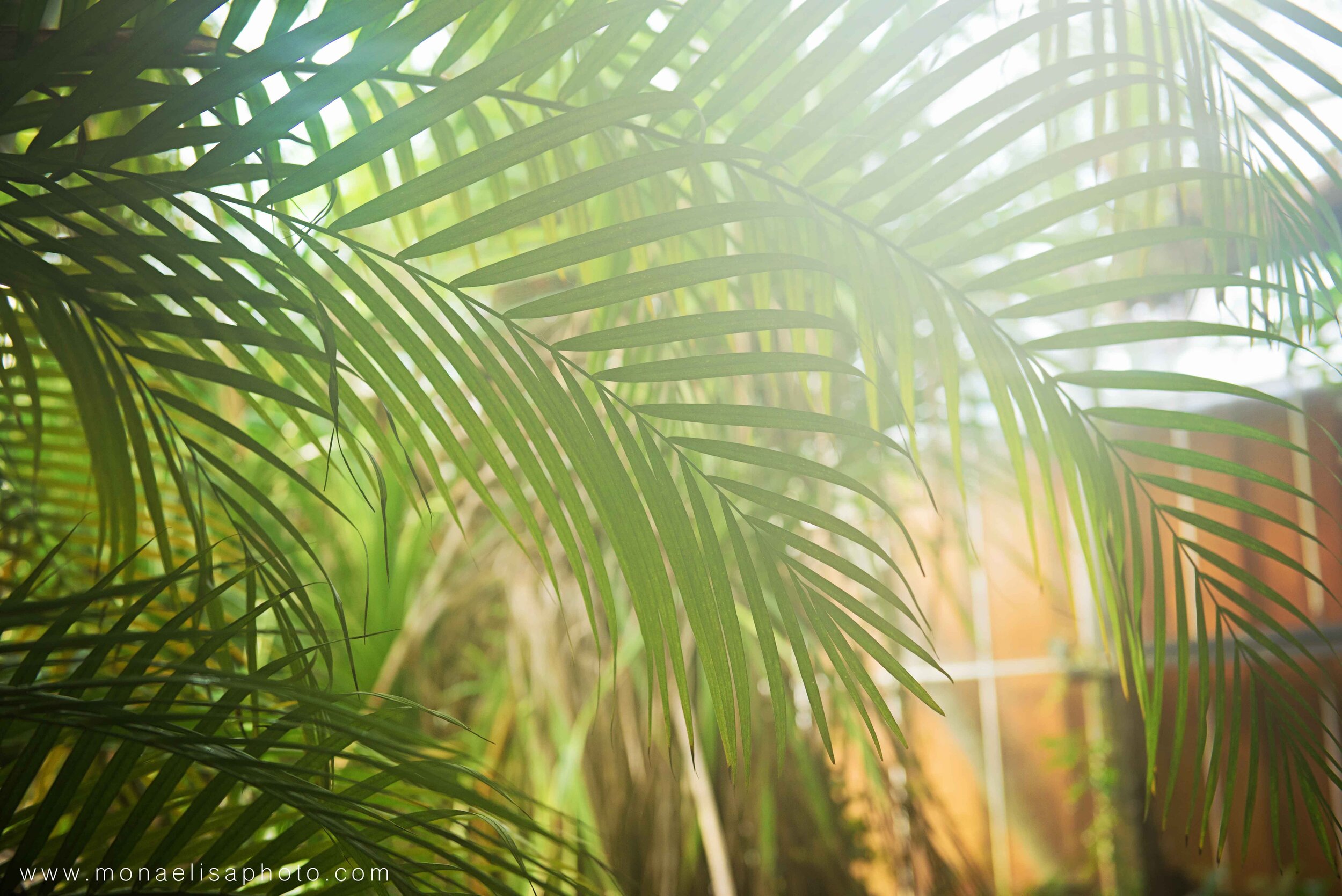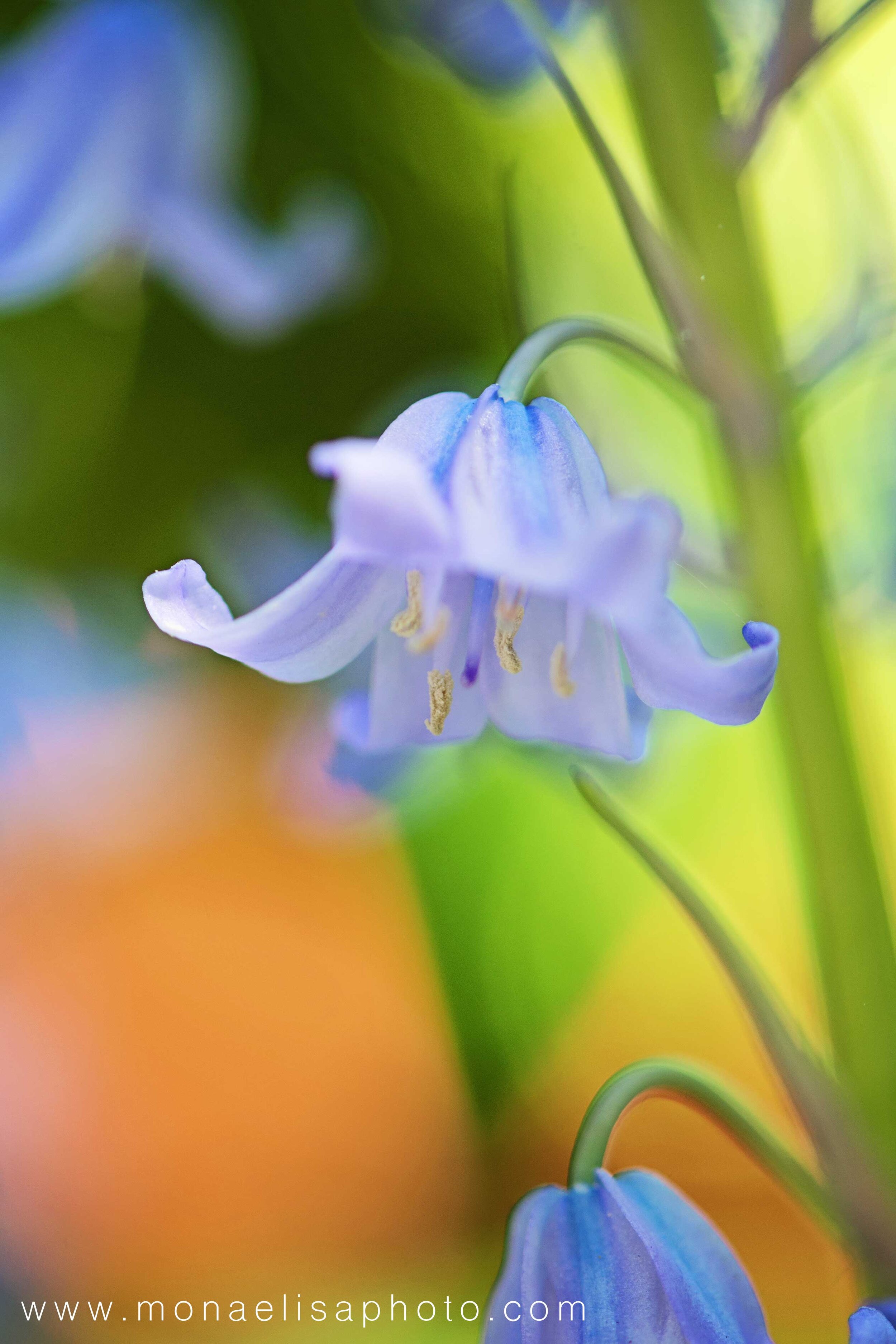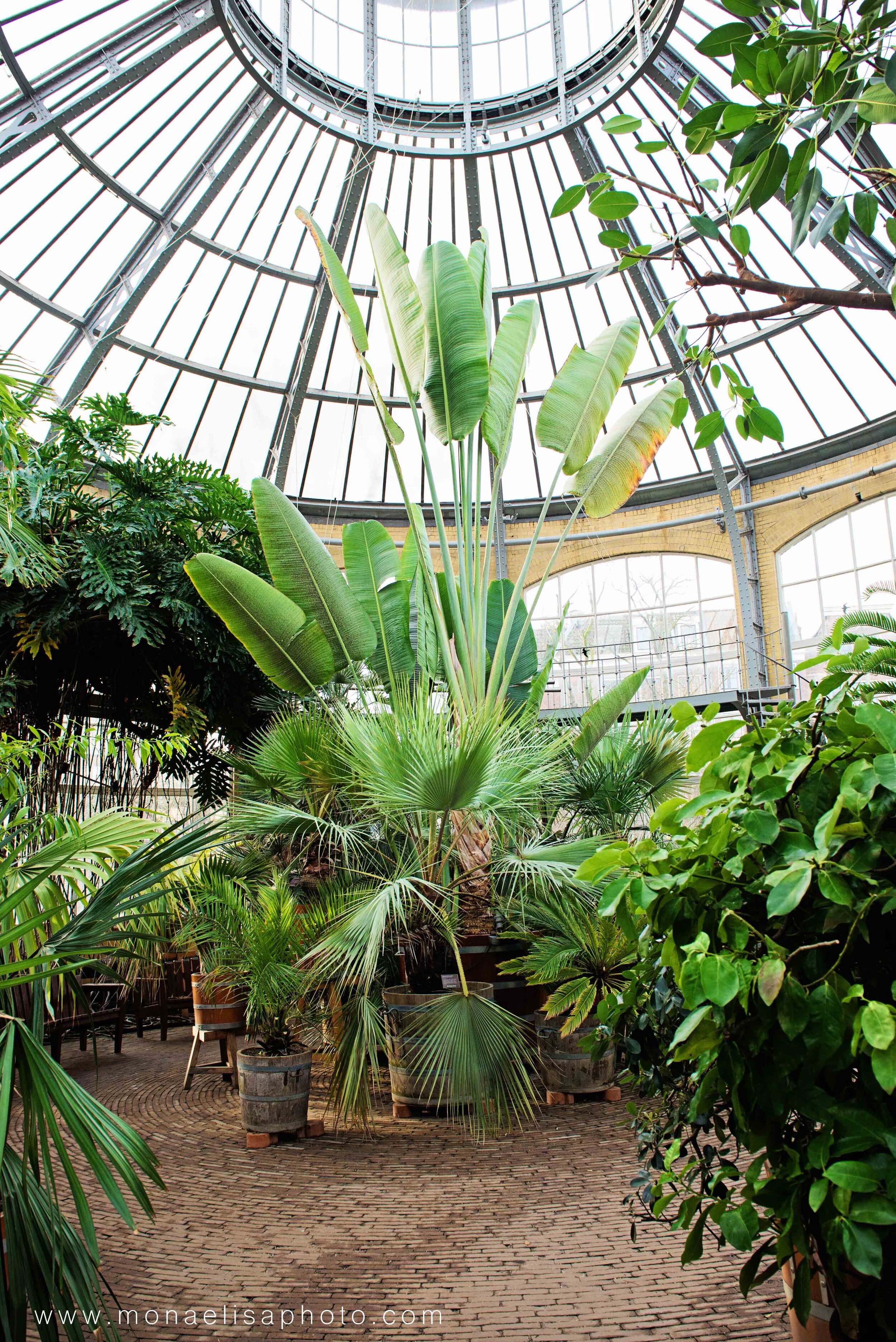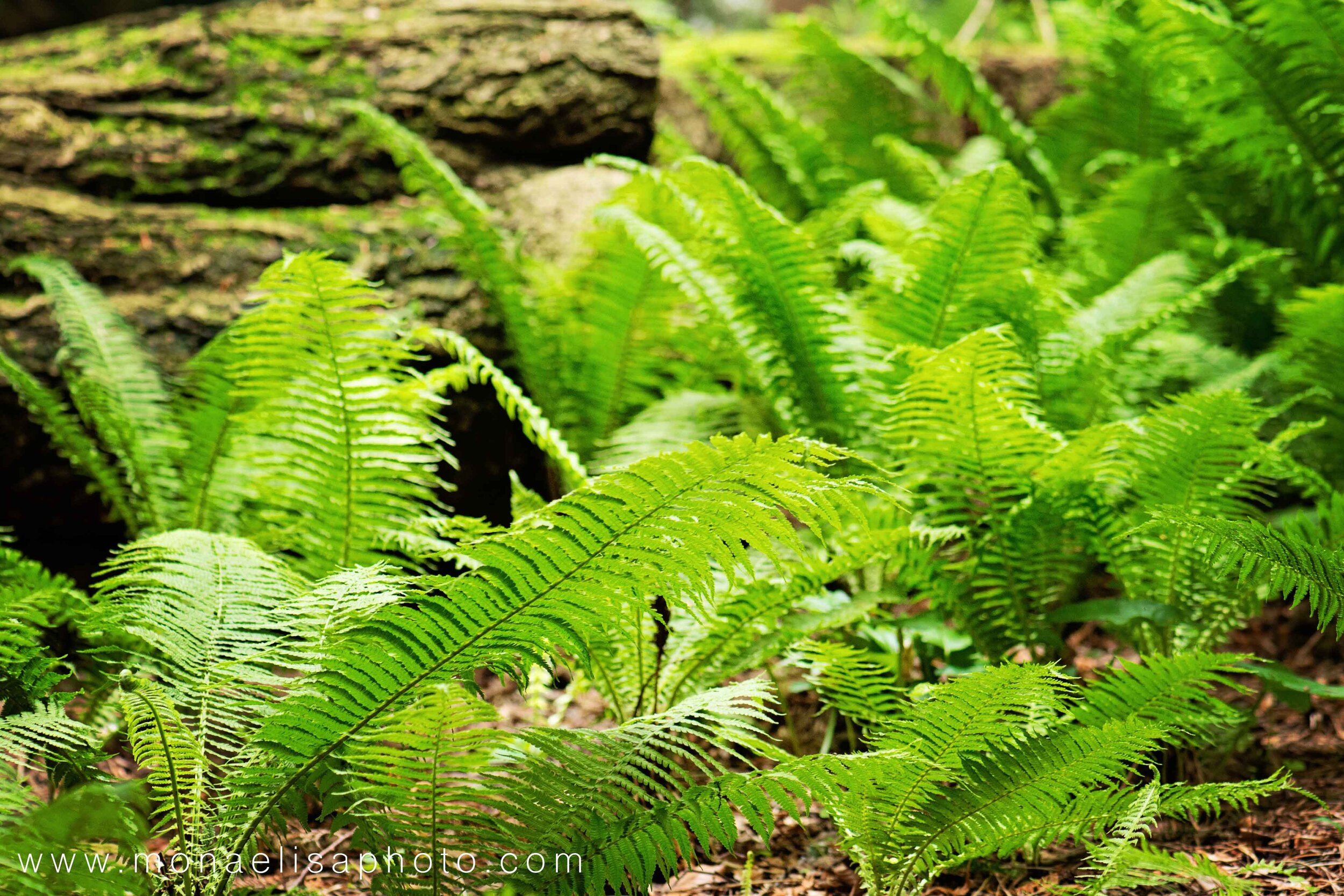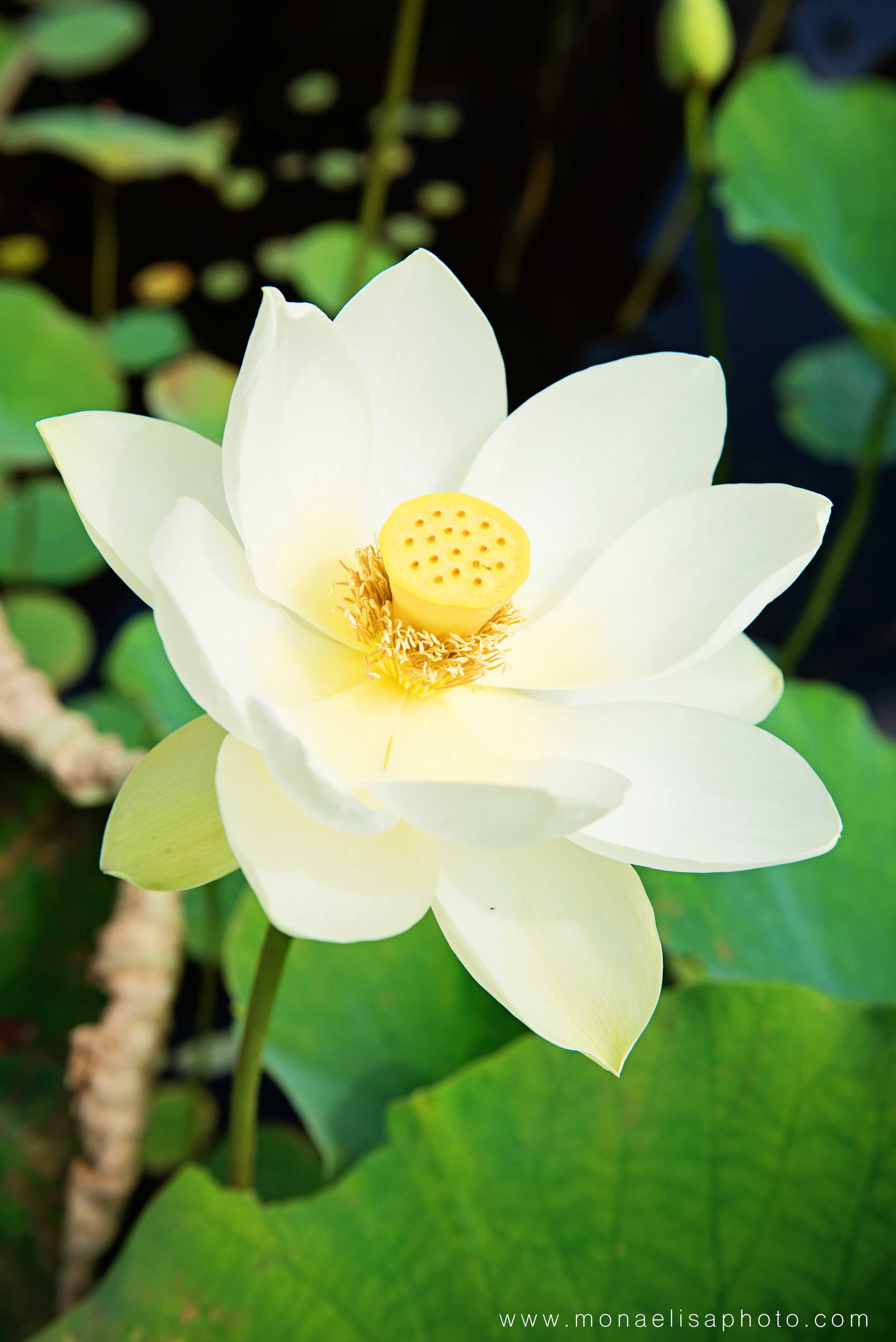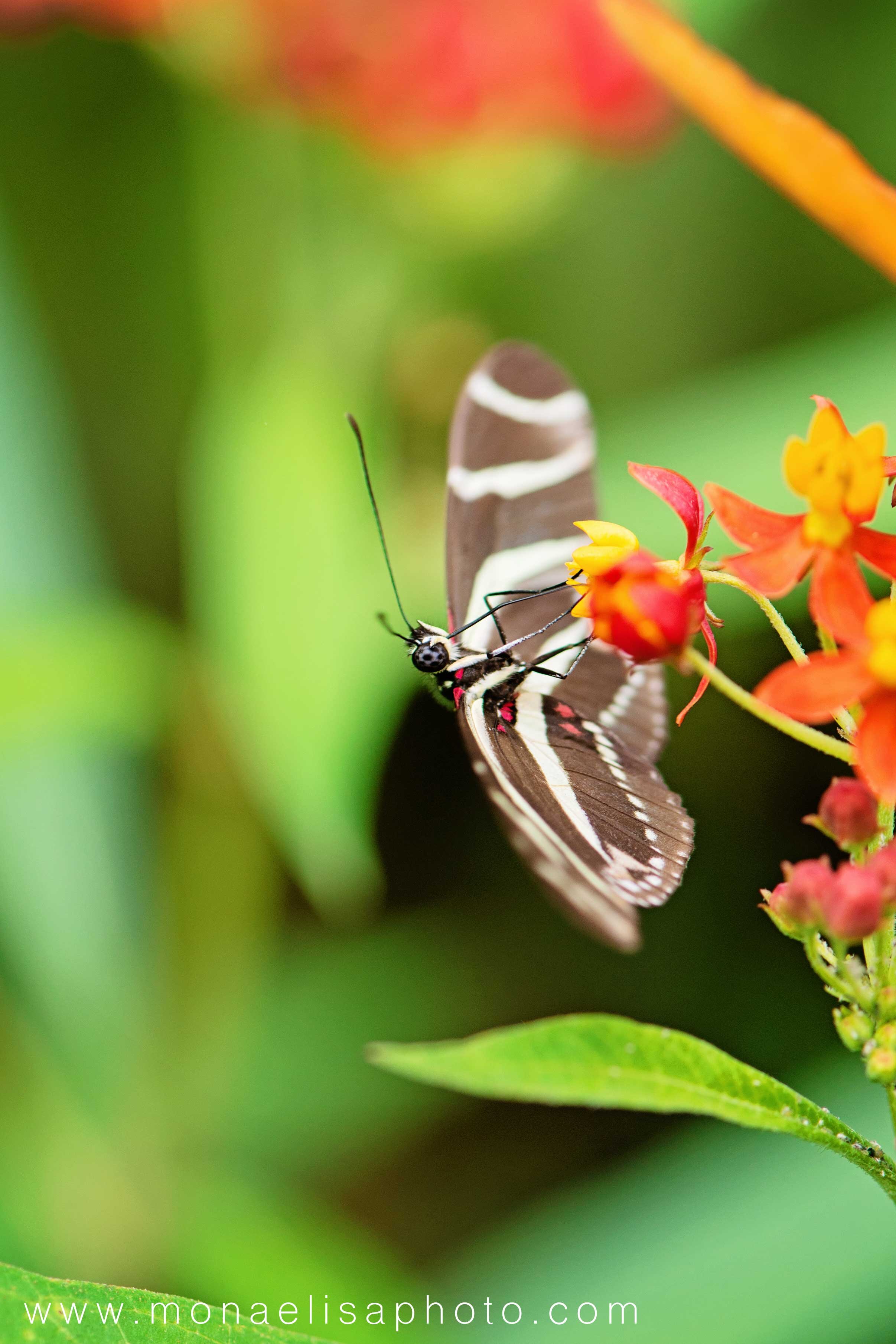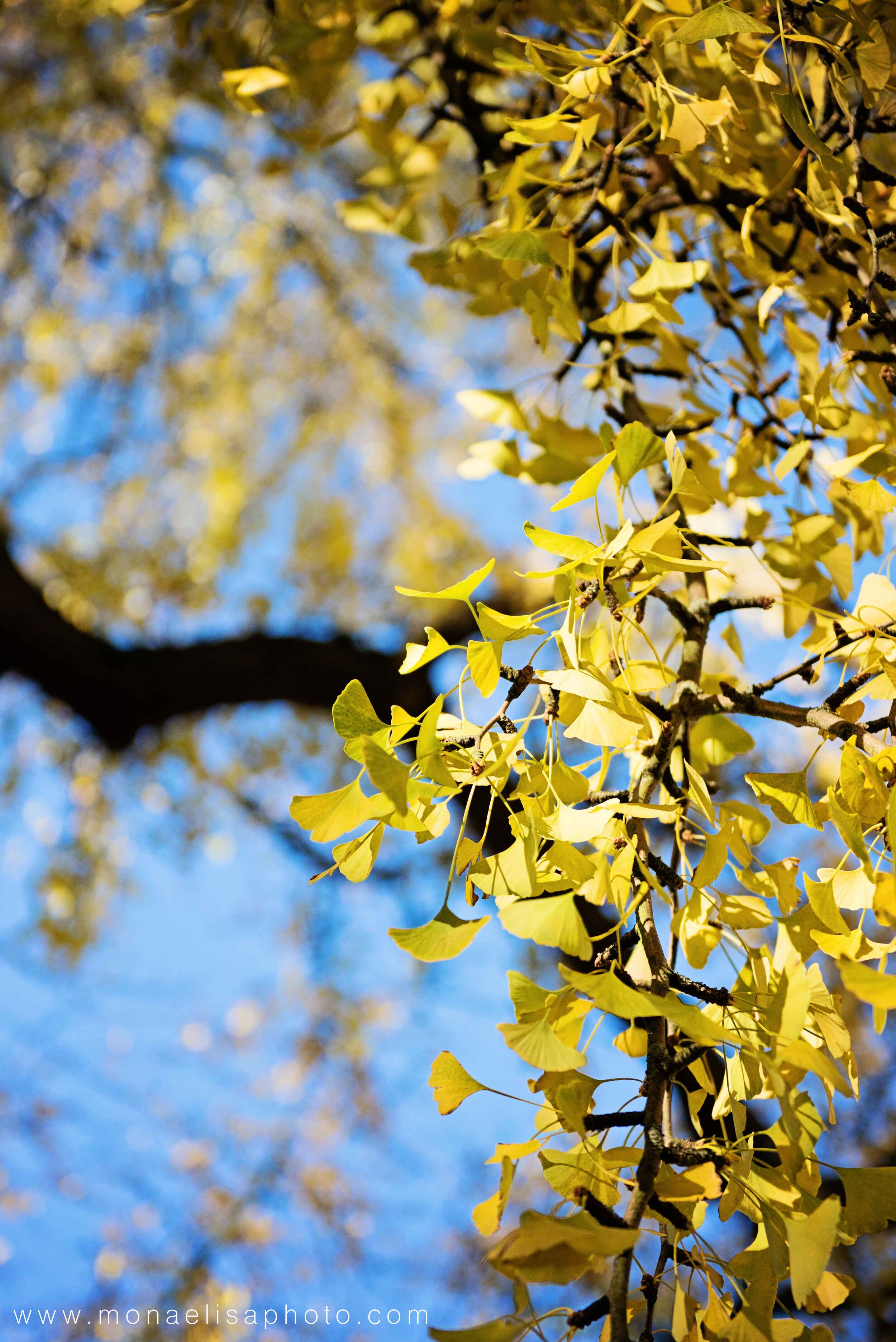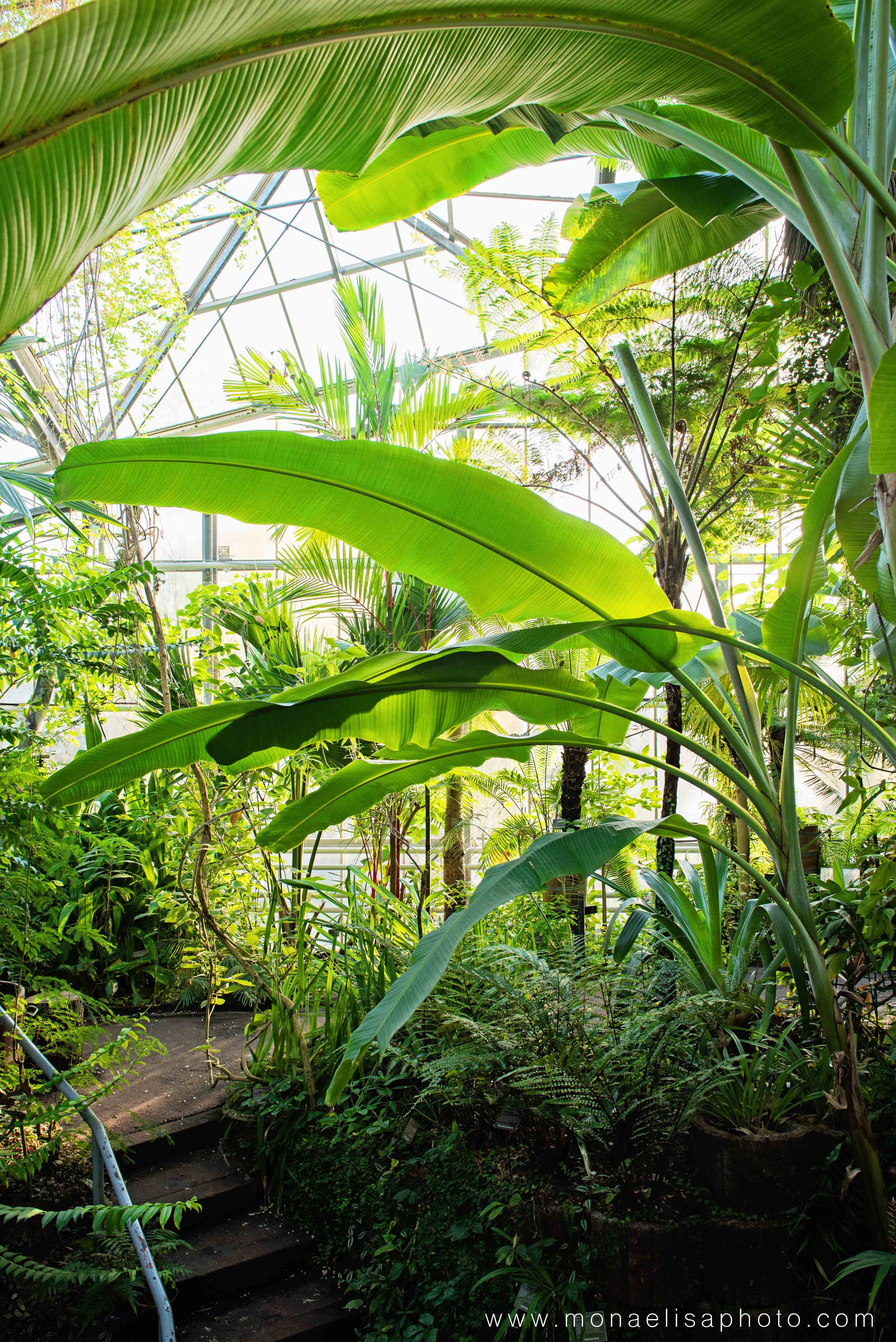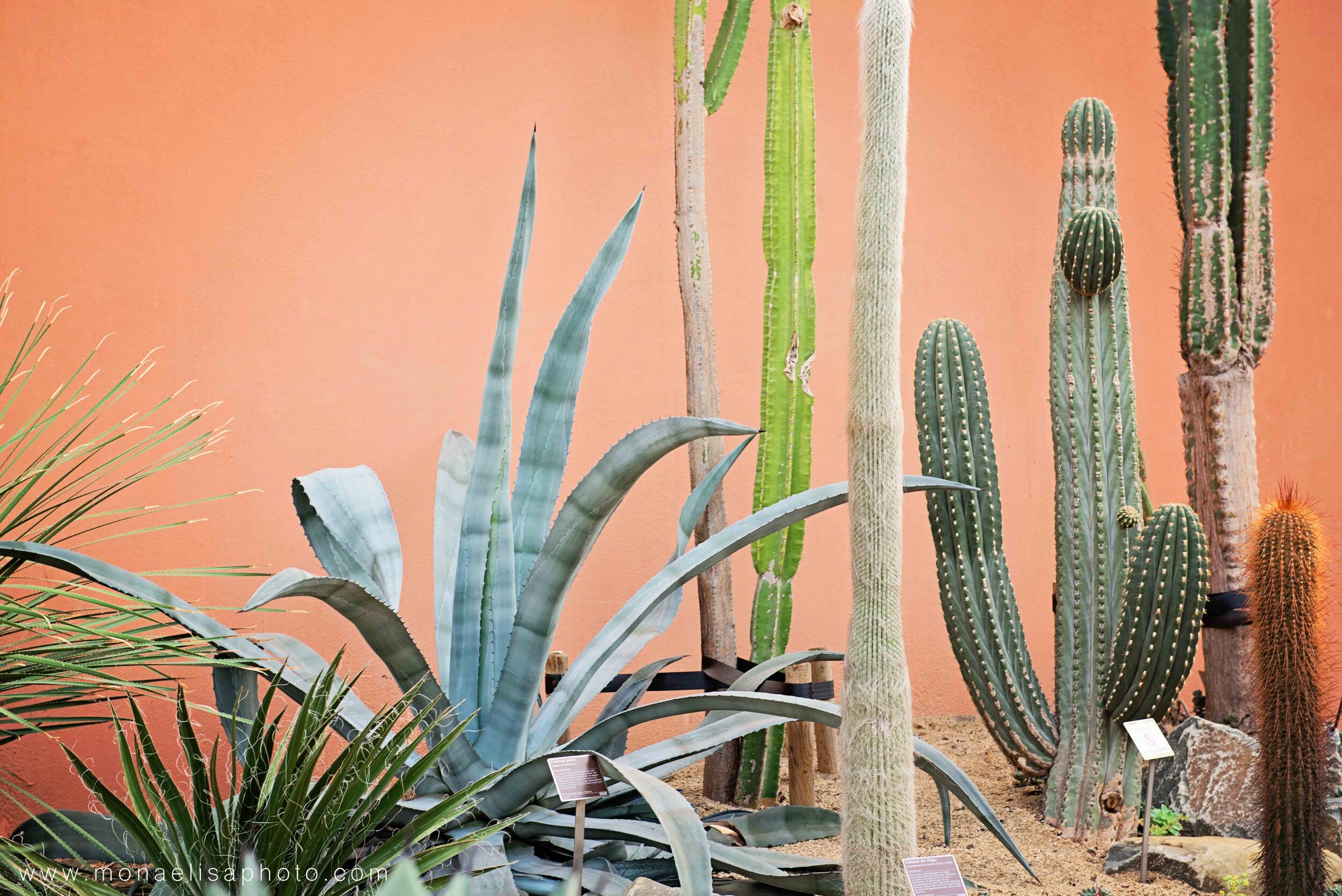The Hortus Botanicus
There are so many unique and beautiful gems in the city of Amsterdam. Taking a stroll through the Jordaan with its architectural delights and small bridges, having a picnic in the Vondelpark, taking in incredible art at the Rijks or the Van Gogh Museum (I mean, come on, a whole museum dedicated to Van Gogh?! Be still my heart!), grabbing fresh produce from the Biological Noordermarkt or savoring a fresh homemade-on-the-spot stroopwafel at the Albert Cuyp (I can just feel that warm gooey syrup running down my chin as I write this).
One of the crown jewels for me is the Hortus Botanicus, Amsterdam’s botanical garden. Nestled in the Plantages area of the city, a skip and hop away from the Artis, this sweet oasis has really captured my heart. About a year and a half ago we purchased a membership and we find ourselves there weekly. I am baffled how EVER SINGLE WEEK we discover something new. How that is possible is beyond comprehension, unless of course they sneak in new plants in the dead of night while no one is watching. Sometimes it’s a new shoot on one of our favourite plants that we discover, but more often than not, it’s a new plant that we had never even noticed before!
Like last week, we noticed for the first the gympie-gympie plant, a stinging tree native to Australia. It tends to have oval or heart-shaped leaves covered with stinging hairs. "Like being burned by hot acid and electrocuted at the same time," according to botanist Marina Hurley on what it feels like to come into contact with the gympie-gympie. Even if the leaves have been dried and put in storage for a century no less, the hairs are still lethal as found out by some unlucky researchers. How can something with such a cute name be so astoundingly lethal? And as a side note, can I just say how grateful I am that this plant is behind glass. For more about the gympie-gympie click here.
The Hortus is one of the oldest botanical gardens of the world. Established in 1638 by the city municipality, it’s primary function was to be an herb garden with medicinal plants for the Amsterdam doctors and pharmacists. This came about due to a plague epidemic that occurred between 1634-1637. The Hortus was able to amalgamate a vast array of exotic plants that were completely unknown to the whole of Europe. These striking plants had been brought to the Netherlands via traders working under the Dutch East India Company.
If you visit the Hortus today you’ll find over 6,000 different plants divided between an incredible three climate greenhouse, palm greenhouse, butterfly greenhouse and three marvelous outdoor gardens. It never ceases to amaze me how in every season, the Hortus, looks wildly different as the year transitions from spring to summer, summer to fall and then to winter.
Their collection boasts the Victoria water lily, a massive water lily that blooms in the summer months, a Wollemi pine (which until 1994 was only known from prehistoric fossils until a park ranger discovered a group of these growing in the Blue Mountains in Australia), cycads (one of which is a 350-year-old Eastern Cape giant cycad), and my favourite, a beautiful gingko biloba.
I couldn’t say which part of the gardens or greenhouses I love the most, but where I spend the most time in is in the three-climate greenhouse especially in the desert and the tropics portion—two opposite sides of the spectrum. This is where my love affair began with how light affects the way we perceive things, and the contrast between light and shadow. The weather in the Netherlands is so unpredictable and at a moment’s notice it can go from cloud to sun, to hail, to rain, to mist, and back to cloud. Especially clouds…we have an infinite supply of those here. Thus, the last 3 years have really been a study on light for me. And I relish all of its nuances in this beautiful place.
If you visit our shop, you’ll see some beautiful examples of some of the flora that you can find at the Hortus. From the tiniest succulents to the giant banana leaves towering and cascading overhead. The Hortus provides a feast for the senses. And in our shop, you’ll be able to bring some of that beauty right into your own home, with no watering or plant care required!
Amidst all the excitement, noise, culture, and thrill that Amsterdam offers, the Hortus is really an oasis of calm and respite. To us, it’s become a little slice of tranquility which we heartily enjoy. And the coffee’s good too! ;)


